Scandinavian Montane Birch Forest and Grasslands
The ecoregion’s land area is provided in units of 1,000 hectares. The conservation target is the Global Safety Net (GSN1) area for the given ecoregion. The protection level indicates the percentage of the GSN goal that is currently protected on a scale of 0-10. N/A means data is not available at this time.
Bioregion: Scandinavian Birch & Coastal Conifer Forests (PA3)
Realm: Subarctic Eurasia
Ecoregion Size (1000 ha):
24,381
Ecoregion ID:
780
Conservation Target:
76%
Protection Level:
4
States: Norway, Sweden, Finland
Some of the highest peaks in Northern Europe and largest glaciers on the continent are harboured within Scandinavia’s expansive mountain plateaus. Elk and roe deer wander slopes dense with downy birch, whilst above the trees, rock-strewn grasslands are home to charismatic Norway lemmings. Sporting bold, marbled fur of black and gold, these small mammals are renowned for their feisty, brazen temperament.
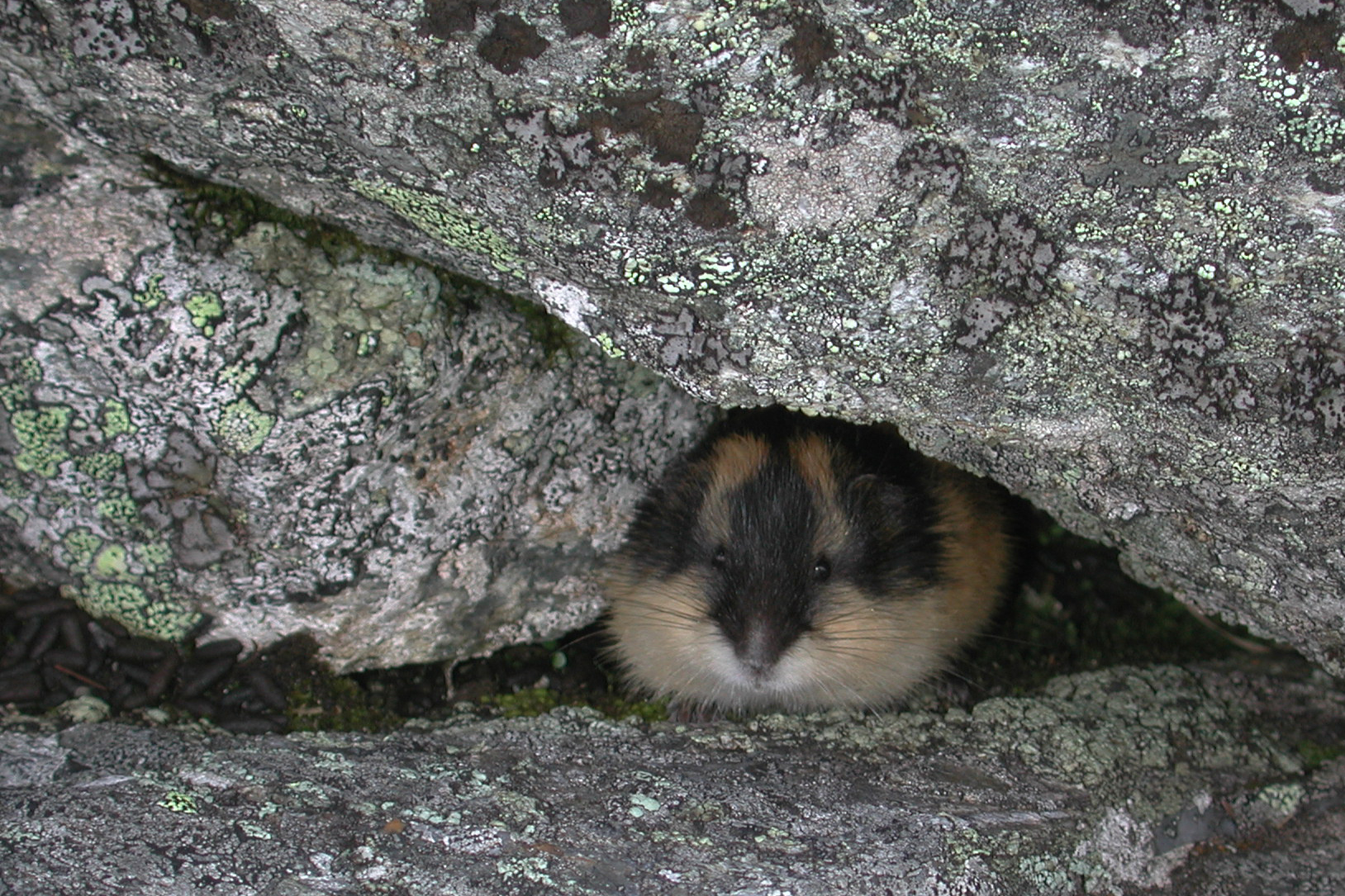
The flagship species of the Scandinavian Montane Birch Forest and Grasslands ecoregion is the Norway lemming. Image credit: Creative Commons
The Scandinavian Montane Birch Forests and Grasslands is an ecoregion of two halves. The Southern part is situated in Norway’s central highlands, home to the tallest mountain in mainland Northern Europe: the 2,469 m-high Galdhøpiggen. The Northern part follows the Scandinavian mountains across Norway and Sweden, and touches the northern tip of Finland. The continental climate is felt most strongly in the East, with a warming, maritime influence in the West.
The treeline forest of these high mountains is the only one in the Northern tundra not to be composed of conifers: it is a tangle of downy birch. Adorned by lichens and mosses, these trees are miniaturized at the highest points to only 2-3 m tall; crowberries, reindeer lichens, and the ethereally named cloudberry carpet the ground. Willow thickets and grasslands abound above the treeline, eventually yielding to rocky snowfields at the highest points.
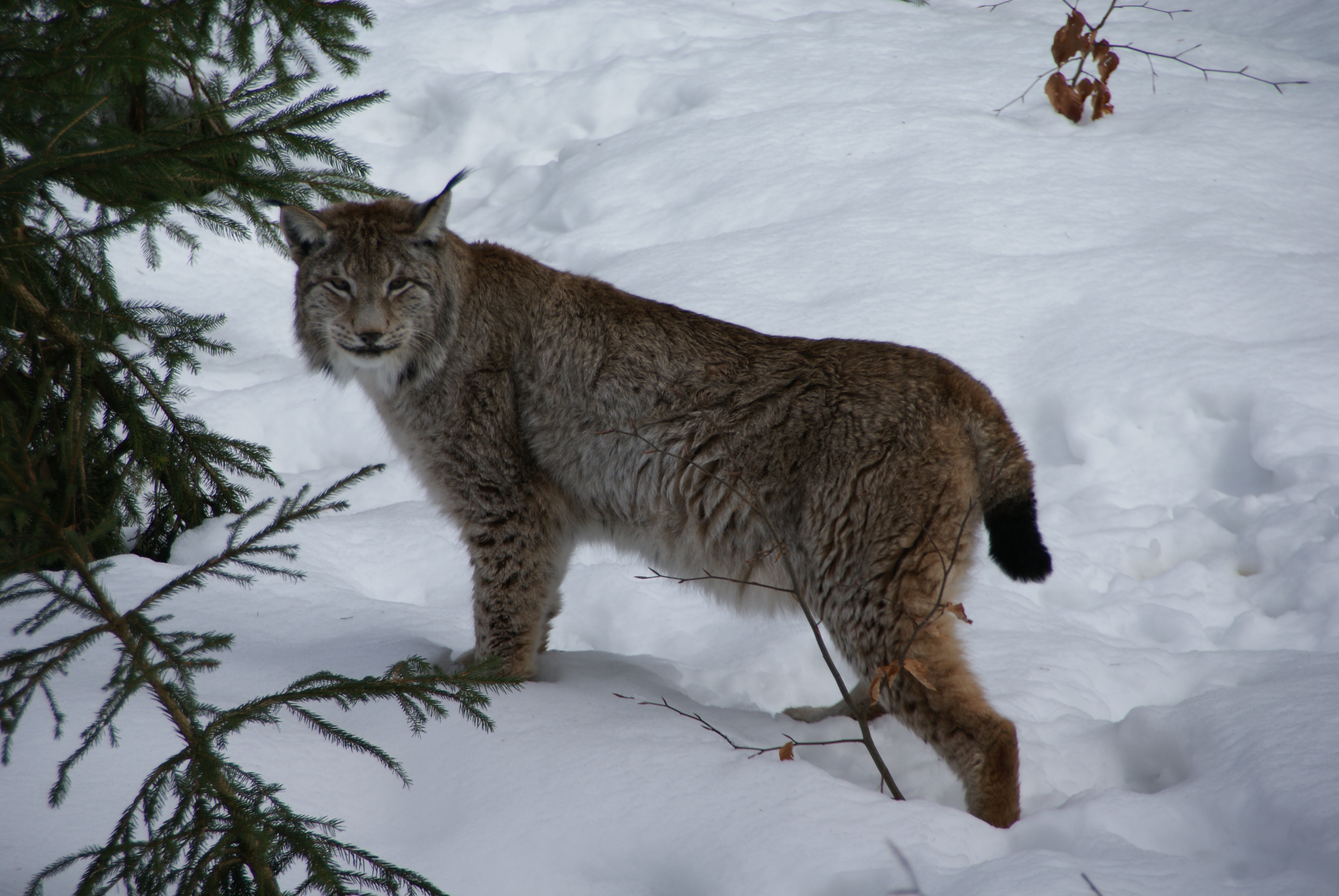
Eurasian Lynx. Image credit: Creative Commons
Brown bear, grey wolf, Eurasian lynx, and the endangered wolverine are the four major carnivores in this region. Wild tundra reindeer can be found in the mountains of central Norway, whilst semi-domesticated reindeer range in the North. Lakes teeming with fairy shrimp draw flocks of migratory waders and ducks to the alpine meadows in summer, whilst hardy ptarmigan and willow-grouse are residents all year round.
Endemic flowers include Læstadius' poppy and alpine primrose, though, in general, this region has very low levels of endemism; this is due to the lack of colonization opportunity since recent glaciations. The near-endemic Norway lemming is an ecological cornerstone known for a dramatic population cycle wherein numbers boom every 3–5 years. It is a key prey species that supports a wealth of predators, including snowy owl, golden eagle, and the critically endangered Arctic fox.
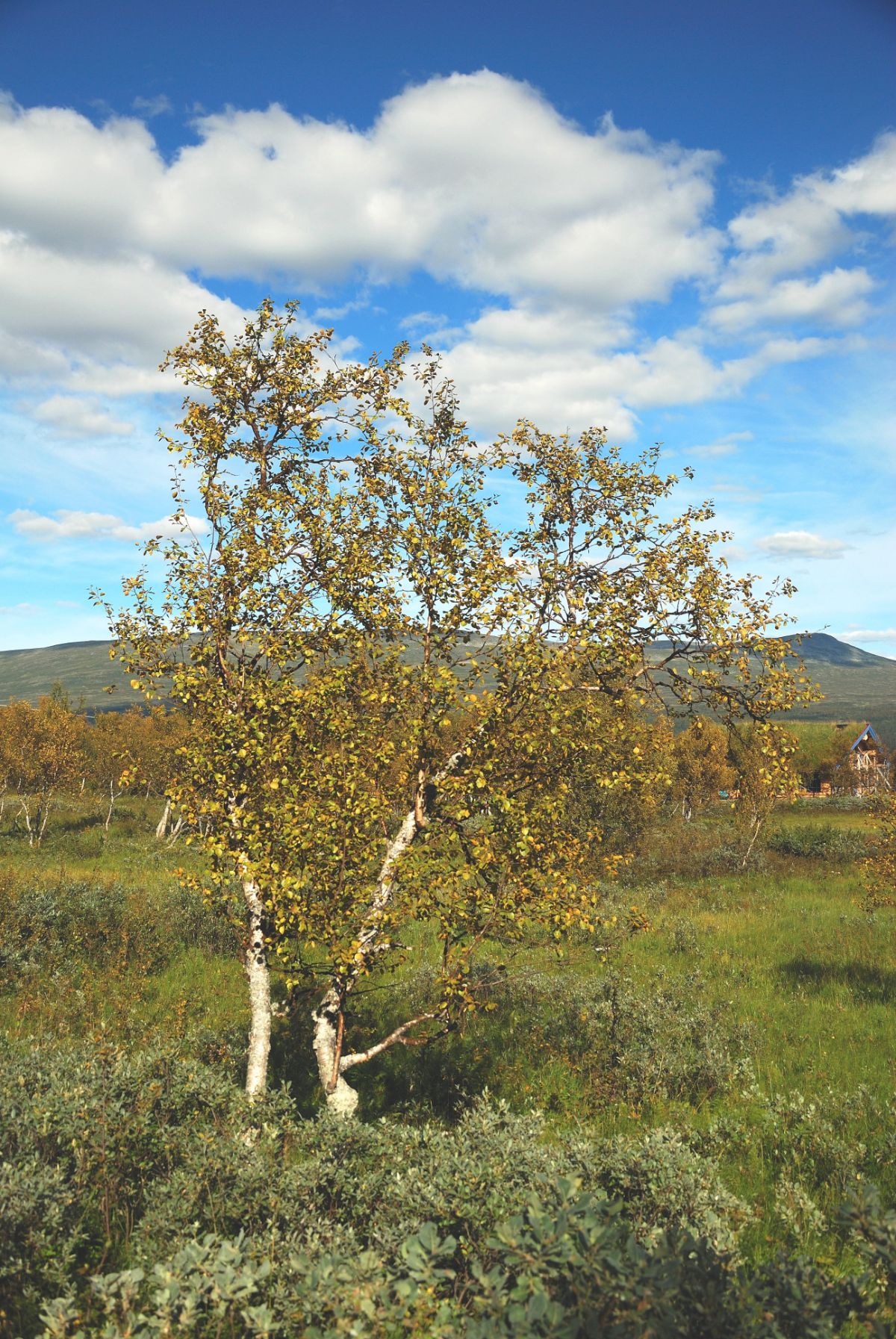
Betula pubescens. Image credit: Creative Commons
The indigenous Saami communities have a long history of sustainable reindeer herding in these lands. Other traditional uses have been gathering, fishing, and hunting, whereas modern industry has favored sheep and fish farming, logging, and hydropower development.
Tourism is also increasing, and the construction of holiday cabins and associated infrastructure is a growing pressure on the mountains. It is, therefore, fortunate that mountain landscapes are widely protected in Scandinavia. Key protected areas include Hardangervidda National Park in Norway, Kaldoaivi Wilderness Area in Finland, and the World Heritage Site of the Laponian Area in Sweden.
Intensive reindeer herding is a pertinent threat to alpine biodiversity. Though reindeer grazing can be beneficial for vegetation diversity at low intensities, heavy grazing degrades lichen on the ground, and hinders regeneration of mountain birch. Additionally, high densities of reindeer attract predators, heightening the conflict between humans and the region’s large carnivores.
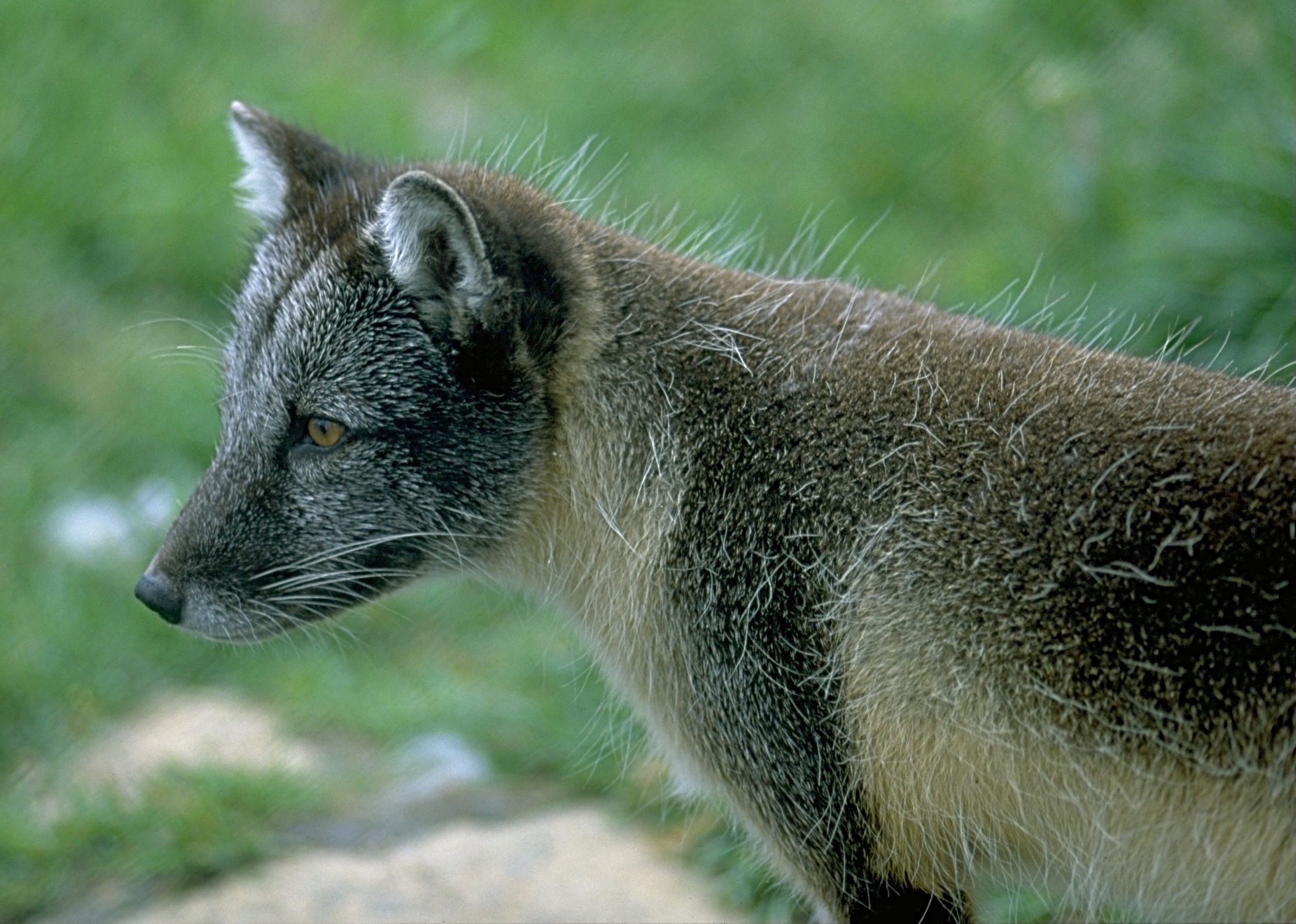
Arctic Fox. Image credit: Andreas Tille, Creative Commons
Climate change is also expected to have a significant impact in the coming years; species such as rock ptarmigan and mountain hare that have white winter coloring will become much more vulnerable as snowless periods increase in frequency. In Norway, the Planning and Building Act seeks to ensure sustainable land-use planning is implemented outside protected areas, and there will also be integrated management plans for mountain areas of importance for wild reindeer to ensure their survival.
To improve the ecological state of reindeer lichen, and safeguard regeneration of mountain birch, Finland is investing in developing and implementing pasture rotation schemes, as well as enforcing guidelines that safeguard traditional Saami reindeer husbandry.
The priority conservation actions for the next decade will be to: 1) ensure protected areas encompass migratory pathways of large mammals by providing corridors, especially at the border between Norway and Sweden; 2) facilitate sustainable tourism through public outreach concerning conservation issues; and 3) integrate the Saami and their knowledge by promoting community-based participation.
Citations
1. Hammar, J. (2002), The Subarctic Cap of Europe: The Fennoscandian Alpine, Tundra and Taiga Ecoregion. A Reconnaissance Study and Biodiversity Vision for a WWF Global 200 initiative in Norway, Sweden, Finland and Russia, Stockholm, Sweden.
2. Ministry of Climate and Environment. (2016). Norway’s national biodiversity action plan.
3. Ministry of the Environment (2014). Fifth National Report to The Convention on Biological Diversity Finland.
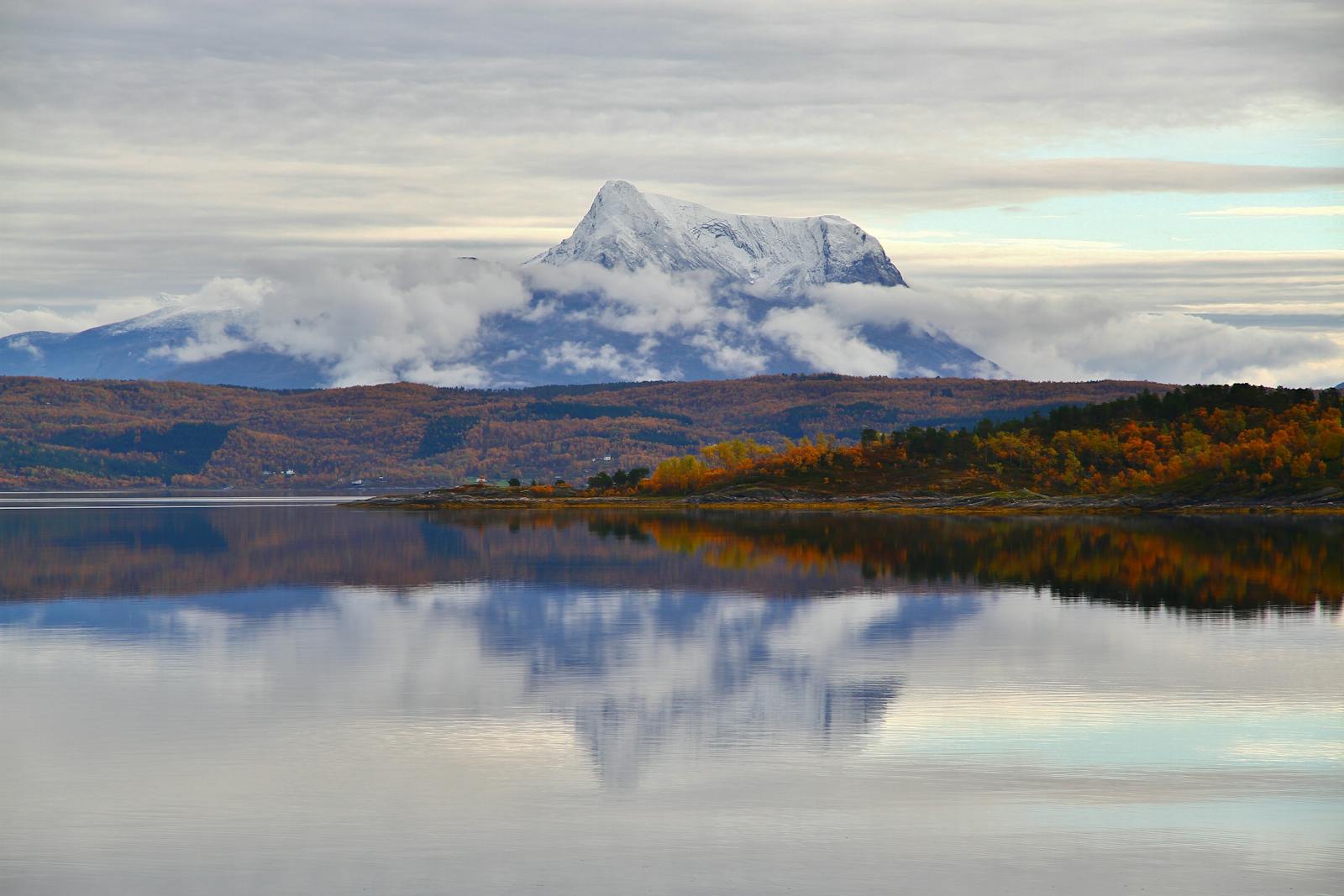
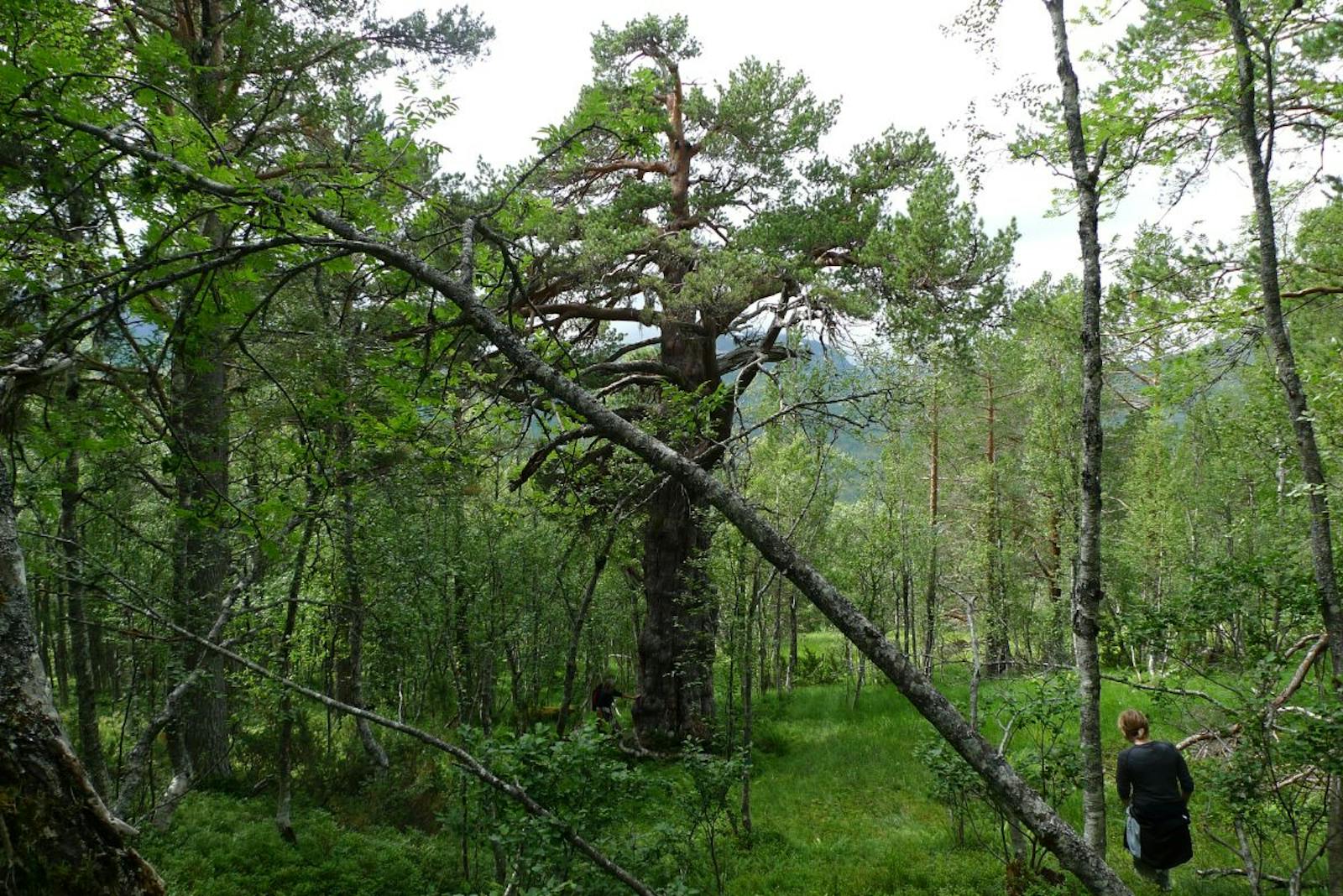
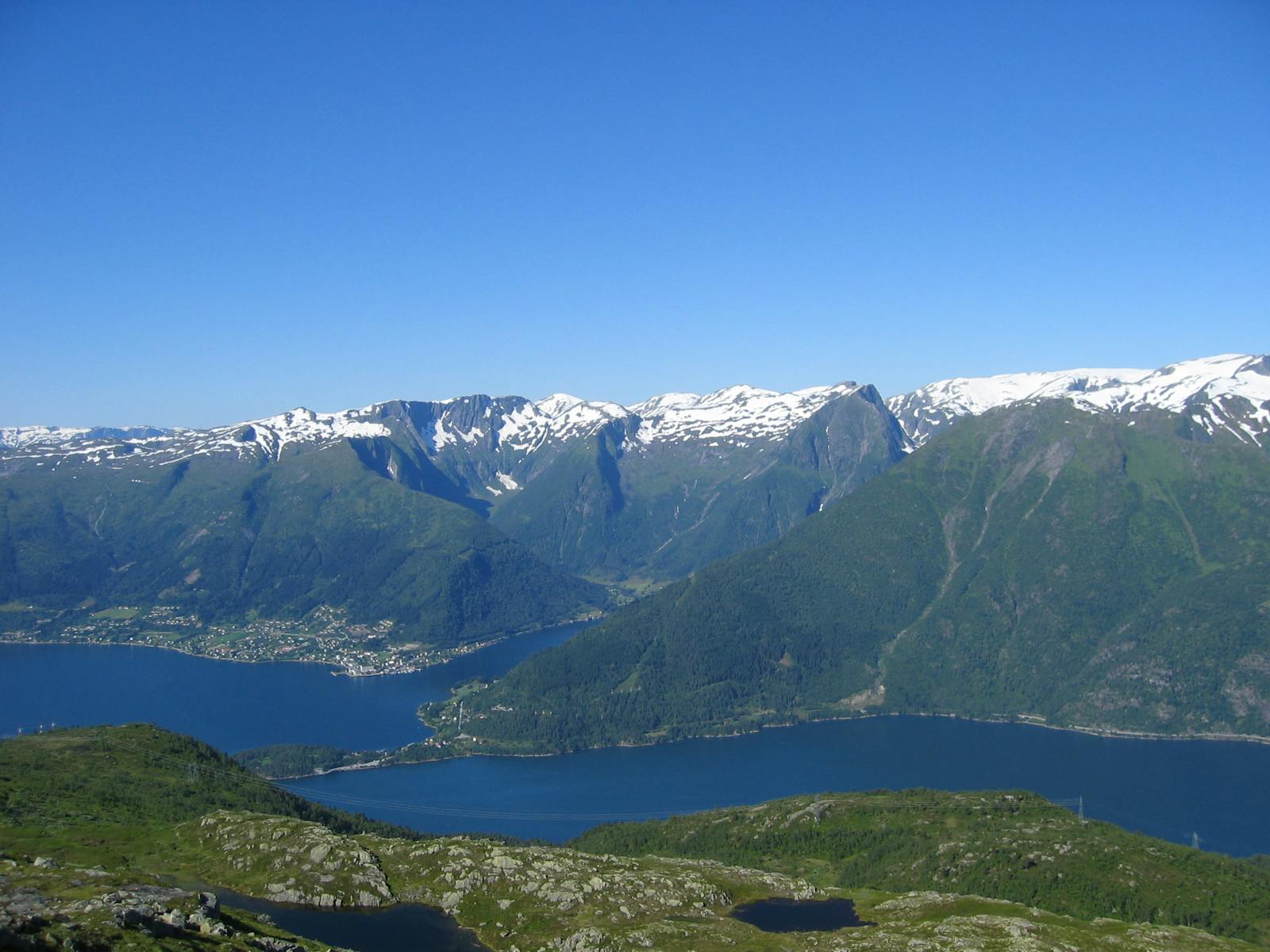
.png?auto=compress%2Cformat&w=300)

